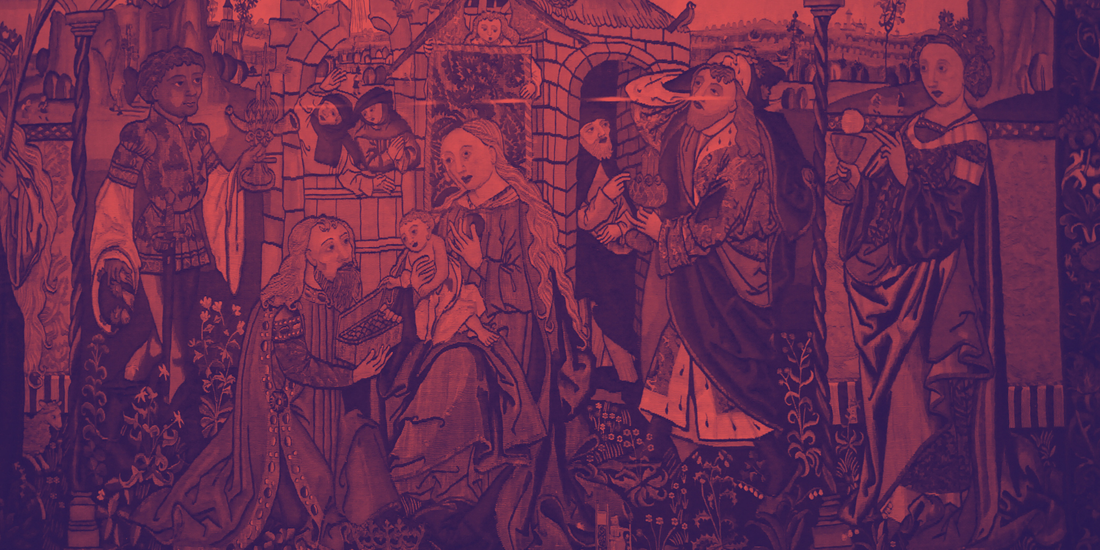
The History of Feet: The Medieval Ages, When Shoes Got Pointy
Welcome back to our ongoing History of Feet series. After exploring the sandals that ruled ancient Egypt, Greece, and Rome, it is time to fast-forward a few centuries to the era of knights, castles, and footwear that could literally take an eye out. The Middle Ages gave us some of the strangest shoe trends in history, and none stood out more than the poulaine, a design that proved just how far people will go for style.
If you thought modern stilettos were daring, medieval Europe would like a word. The poulaine was basically the medieval equivalent of wearing two giant, leather-covered exclamation marks on your feet. Originating in the 12th century and becoming wildly popular in the 14th and 15th centuries, these shoes featured dramatically pointed toes that often stretched to absurd lengths. Picture elf shoes exaggerated to the extreme, and you are getting close. Some were so long that walking upstairs probably required assistance. Still, if your goal was to impress your medieval neighbors, mission accomplished.
The obsession with long shoes was not purely about aesthetics. Just as the Egyptians bedazzled their sandals and the Romans color-coded their boots, medieval Europeans saw shoe length as a direct marker of nobility and rank. The longer your shoe, the higher your status. Royalty and noblemen often strutted around with poulaines so lengthy that they had to tie the tips to their knees with little chains or ribbons just to keep from tripping. Peasants, by contrast, wore short and sensible shoes that prioritized practicality over prestige. In a world where your footwear literally announced your class, there was no mistaking who belonged where.
Of course, like many trends that spiral out of control, the poulaine eventually faced backlash. The points grew so long and impractical that lawmakers decided enough was enough. Yes, there were actual shoe laws. In England, King Edward IV decreed that commoners could not wear shoes with points longer than two inches, while nobles were permitted much longer tips, sometimes stretching up to two feet. It was fashion regulation at its most literal, and breaking the rules meant social embarrassment or even fines. Imagine the humiliation of being caught by the medieval shoe police for wearing toes above your station.
Looking back, it is easy to laugh at the impracticality of poulaines, but the truth is footwear has always been about more than comfort. Shoes are cultural artifacts that reflect status, personality, and identity. Just as sneakerheads today line up for limited-edition drops, medieval nobles flaunted their elongated poulaines as a form of social flex. Fashion, then and now, is about belonging, aspiration, and the subtle language of appearance.
At Groov, we like to think we are part of the same long tradition, though with a much more practical twist. We celebrate individuality and self-expression in footwear, but we do it without the chains, ribbons, or two-foot toe boxes. Our insoles are designed to adapt to the uniqueness of your feet, ensuring that whatever style you choose, comfort and support are never left behind.
So whether you are rocking sleek modern sneakers, strappy sandals, or even secretly wishing the poulaine would make a comeback, remember this: comfort never goes out of style. The Middle Ages may have been willing to sacrifice practicality for prestige, but we live in a world where you can have both. That is progress worth celebrating.




